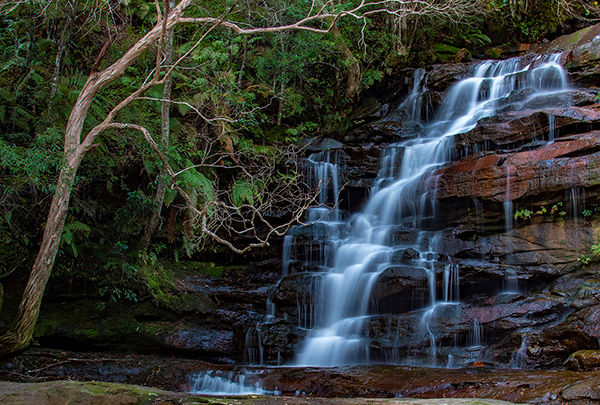Carved in Stone: Early European settlers in Australia
- Matthew Urmenyhazi
- Nov 1, 2023
- 2 min read
Updated: Aug 11, 2025

Sometimes, it's the unexpected discoveries that leave the most indelible marks on our tours. Recently, on one of our bushwalks along a Berowra ridge, not far from my home, an unassuming rock carving sparked a conversation that led us into the history of the area, particularly the presence of Early European settlers in Australia.
This lookout over Berowra Waters, perched on a ridge some 200 meters above the Berowra Creek, is not unfamiliar to avid bushwalkers. However, what sets this particular spot apart from other vantage points in the region is not its breathtaking views alone but the carvings etched into the rock plateau.
Unfortunately, graffiti and carved initials is not uncommon in such places, but one carving stands out.

Early European settlers in Australia
It was a guest on my tour, hailing from Portugal that added a surprising layer to this tale. As he gazed upon the carving, his eyes lit up with recognition. This, he said, was a symbol from "The Portuguese Era of Discovery." He quickly retrieved his phone, performed a swift Google search, and presented me with an image similar to the carving. What caught our attention was the presence of the Cross of the Order of Christ — a symbol deeply associated with Portuguese exploration and the Portuguese Empire.
George Collingridge and His Unconventional Theories
The idea that Portuguese explorers had reached the Australian coast in the 16th century was not new, but it had always been considered an unconventional theory. George Collingridge, who I believe, was the talented artist behind the stone carving, was a figure who embraced unconventional ideas throughout his life.

Collingridge migrated from England to Australia in 1879, settling in an isolated area of Berowra. Besides his maritime research and writings, he delved into the world of art and engraving, which later became his primary occupation here.
Collingridge's most renowned written work, "The Discovery of Australia" (1895), suggested that Portuguese explorers had navigated parts of the Australian coast long before the arrival of other European explorers. He supported his claims with various pieces of evidence, including alleged Portuguese maps, navigational charts, and place names that seemed to hint at early Portuguese exploration.
In 1908, Collingridge was bestowed with the title of Knight Commander of the Order of Santiago by the King of Portugal - a testament to his dedication to unraveling Australia's hidden history.
Many of these claims were met with skepticism from many historians and scholars at the time. Mainstream historical accounts attribute the first documented European contact with Australia to Captain James Cook and other British explorers in the late 18th century.
The Legacy of the Controversial Carving
Collingridge's passion for wood engraving was well-regarded in his early days, but as photographic processing took over, the demand for his craft waned. His lack of formal training in history and his unwavering belief in his theories allowed for a certain degree of uncertainty in his work.
This leaves us with a question: Did George Collingridge create this carving as a testament to his conviction about early Portuguese exploration in Australia? This carving continues to stand as a testament to the remarkable, albeit controversial, journey of an individual who sought to redefine Australia's past.





Comments